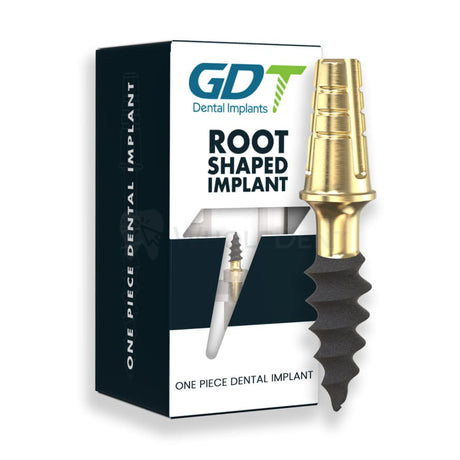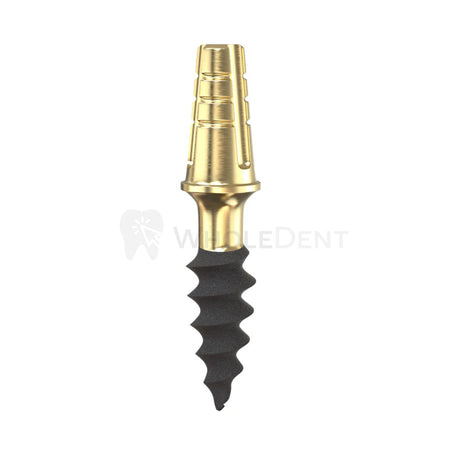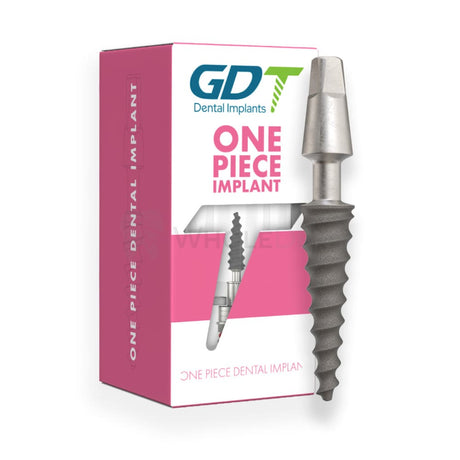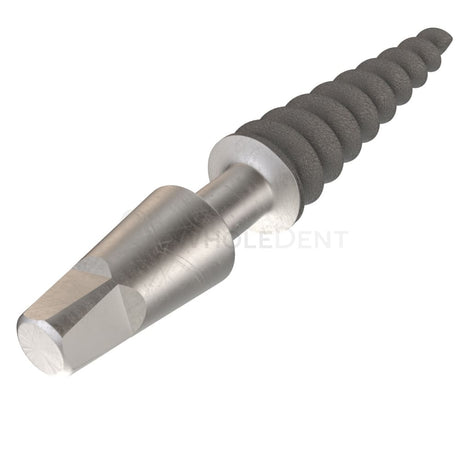Implante espiral MOR, hexágono interno
$75.00 as low as $67.50Precio unitario /Agotado- $75.00 as low as $67.50Precio unitario /Agotado
- $75.00 as low as $67.50Precio unitario /Agotado
Implante espiral MOR, hexágono interno
$75.00 as low as $67.50Precio unitario /Agotado- $99.00 as low as $89.10Precio unitario /Agotado
Llave de trinquete GDT, destornillador de 6,35 mm
$49.90 as low as $44.91Precio unitario /AgotadoImplante espiral MOR, hexágono interno
$35.00 as low as $31.50Precio unitario /AgotadoDestornillador GDT para implantes de una pieza
$15.00 as low as $13.50Precio unitario /AgotadoControlador GDT para implante de una pieza de cuello flexible
$15.00 as low as $13.50Precio unitario /AgotadoTransferencia de cofia de impresión GDT para implantes de una pieza
$13.00 as low as $11.70Precio unitario /AgotadoAnálogo de implante de una pieza GDT
$9.00 as low as $8.10Precio unitario /AgotadoLlave de trinquete GDT, destornillador de 6,35 mm
$49.90 as low as $44.91Precio unitario /AgotadoDestornillador largo GDT para implantes de una pieza
$15.00 as low as $13.50Precio unitario /AgotadoJuego de implantes GDT OPI de una pieza
$99.00 as low as $89.10Precio unitario /Agotado




























